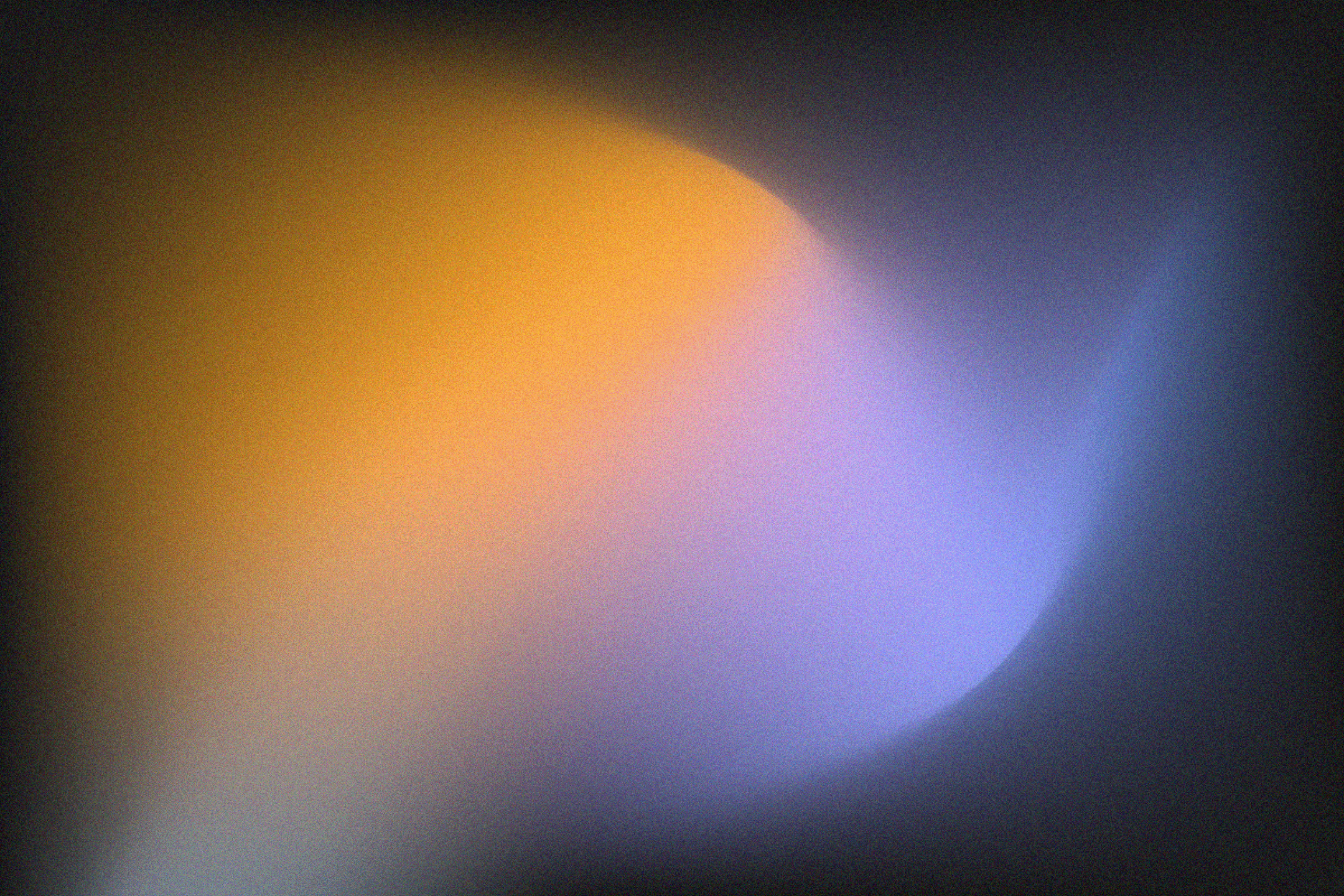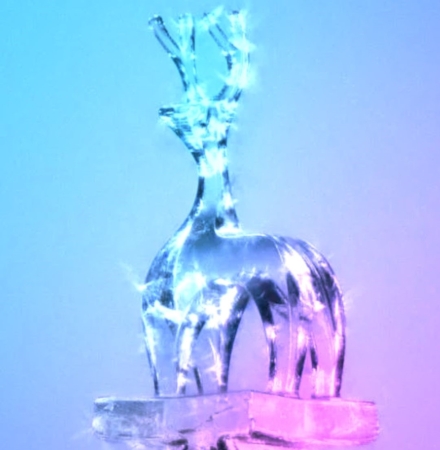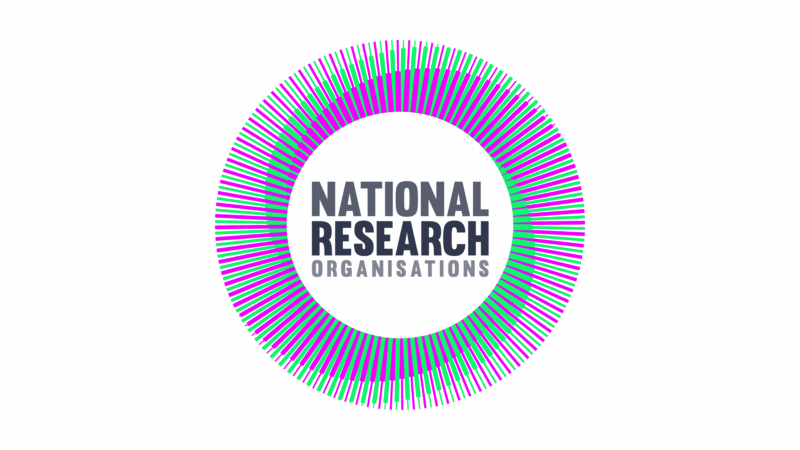UCL students dive into real-world science at AWE
Four talented and inspirational students from University College London (UCL) recently presented the findings of their individual research projects at a showcase event marking the conclusion of AWE’s annual Chief Scientist Short Project Scheme 2025.
Sponsored by AWE, the scheme offers a competitive opportunity for students to apply for a 10-week research placement, with participants selected to undertake projects based on academic performance – contributing to AWE’s mission and UK STEM.
Now in its sixth year, the scheme enables students to contribute to research in mathematical and chemical modelling of materials, delivering high-quality, cost-effective outputs that support AWE’s technical strategy.
The research conducted during the scheme produced novel findings not currently documented in existing academic literature-highlighting the originality and potential impact of the students’ work.
This year’s participants – Jamie, George, Humayra and Sandro – each undertook a project aligned with AWE’s science sub-functions, supported by academic supervisors at UCL and industrial supervisors across AWE.
Jamie’s work focussed on the use of machine learning to accelerate the discovery of novel 2D materials for practical applications such as radiation shielding and sensing. Jamie showed how the approach can potentially be applied to chemically characterise these advanced materials, providing predictions about properties such as band gaps and bulk moduli.
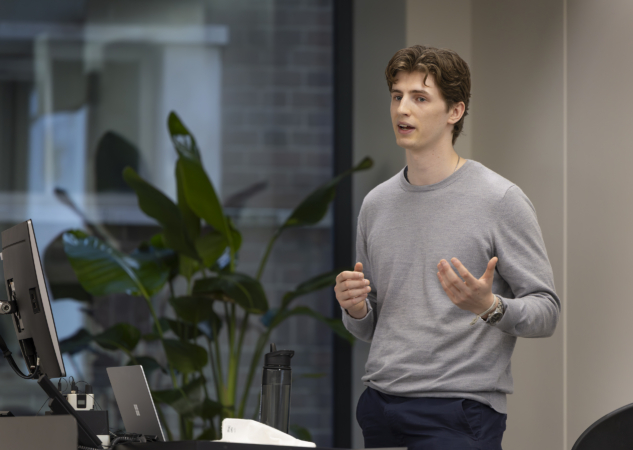
Jamie said:
“The project was both challenging and interesting, offering the chance to explore computational chemistry in more depth and gain some valuable skills. I’d encourage others to apply next year for the excellent exposure it gives to independent research.”
George focused on the surface interactions of molecular and atomic hydrogen on ceria (CeO2) to better understand their fundamental adsorption behaviour. George’s work has enhanced our understanding of the thermodynamics of ceria reduction and has provided new insight with regards to the feasibility of hetero-and homolytic hydrogen dissociation mechanisms.
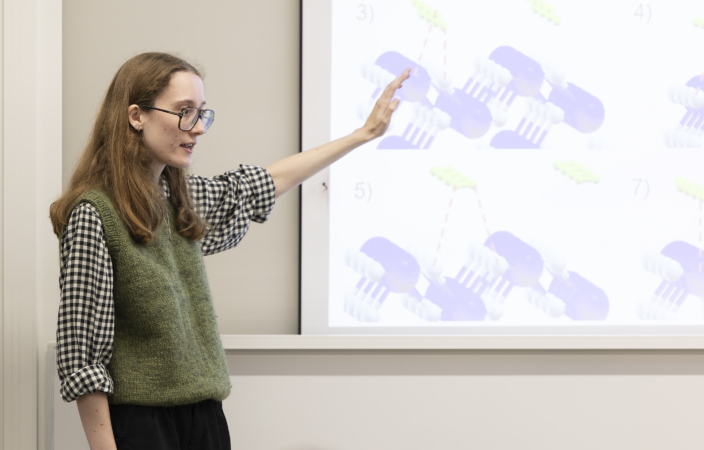
George said:
“The project really allowed me to have a better understanding of what it is like to conduct research and all the pitfalls that may or may not come with it. It was enjoyable to learn about an area of research which is relevant to current interests for specific fields.”
Humayra investigated the stability of asymmetrical nitrated ethylbenzene isomers that are common impurities in explosive mixtures. Humayra was able to evaluate the relative stability of these impurities with respect to typical explosive compounds, as well as simulating their UV-vis spectra to enable more facile interpretation of experimental spectra.
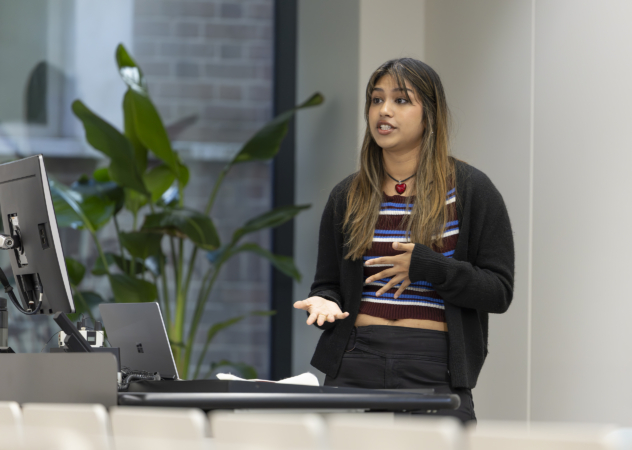
Humayra said:
“Working with AWE over the 10-week project was an amazing experience — I really enjoyed the challenge and the chance to present my work in front of professionals. It’s been a great opportunity to grow as a scientist, and I’d highly recommend the scheme to other students.”
Sandro created atomistic models of a candidate lead-free ferroelectric material, silver potassium niobate (AgxKyNbO3). Sandro focussed on tuning the ratio of Ag (Silver) and K (Potassium), determining changes in structure, density and energy as a function of composition.
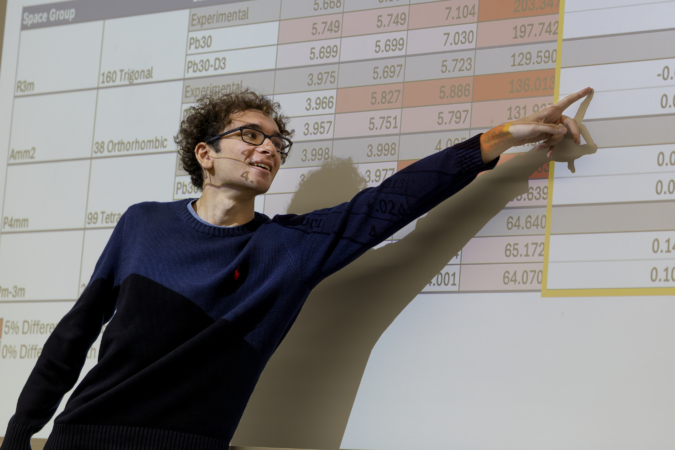
Sandro said:
“Over the 10-week project, I went from having no experience in computational chemistry to confidently carrying out a variety of calculations modelling crystals. It was also a great chance to develop my skills in scientific communication through regular update meetings and the final presentation. I really enjoyed meeting and discussing the research with AWE staff at the end of the project and would highly recommend applying for this project as it is a unique and rewarding experience.”
AWE Chief Scientist, Rob Lock, commented:
“The Chief Scientist Short Project Scheme continues to be a powerful example of how academic partnerships can deliver real value to our mission. The students’ enthusiasm and scientific depth were truly impressive, and I feel privileged to be associated with a programme that nurtures such exceptional talent.
“I’d also like to thank the students for their hard work and extend my appreciation to their supervisors-both at AWE and UCL-whose guidance and support were instrumental in the success of these projects.”
Insights from the scheme will help inform the direction of future AWE-funded academic research-particularly at postgraduate and postdoctoral levels.
The scheme was developed by AWE’s Materials and Analytical Science Group and is funded by the External Technical Partnerships Office, reflecting AWE’s commitment to strengthening academic collaboration.
